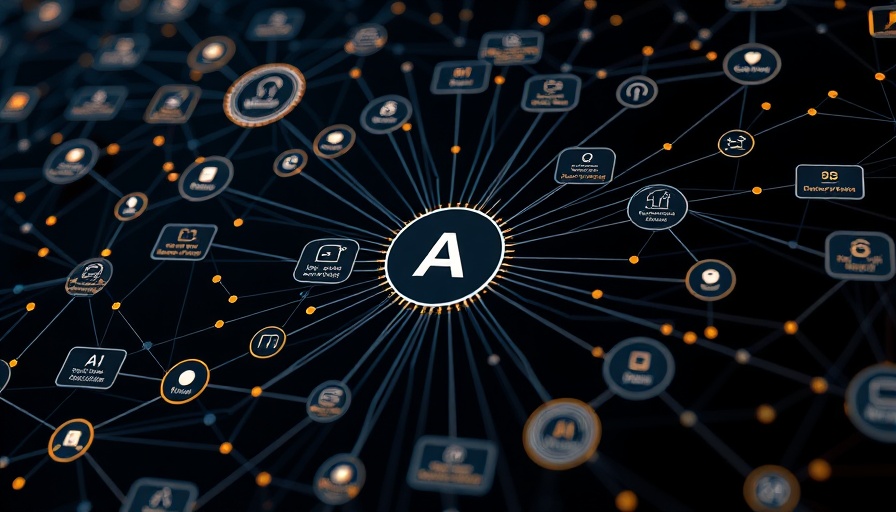
AI21's Maestro: A Game Changer for Enterprise AI
A significant breakthrough in the realm of artificial intelligence has emerged with AI21's introduction of the Maestro AI planning and orchestration system. This innovative platform aims to greatly enhance the output quality of large language models (LLMs), a goal that resonates keenly with business leaders and tech-savvy professionals alike who are eager to push the boundaries of AI application in enterprise.
Uncovering the Enterprise AI Adoption Challenge
The adoption of AI has often been stalled by the inadequacies of existing solutions. A report revealed that only 6% of organizations have successfully deployed generative AI applications, mainly due to the unpredictable nature of LLM outputs. The conventional approaches—often referred to as "prompt-and-pray" or rigid hard-coded workflows—have proven to be insufficient for enterprise needs, delivering unreliable results in complex tasks.
How Maestro Enhances LLM Performance
Maestro is positioned as a transformative force in addressing these chronic issues. It focuses on structured planning, allowing users to define specific requirements and manage complexity more effectively than previous attempts. The system breaks down complex prompts into manageable substeps, resulting in responses that are not only more accurate but also reliable. Internal tests show that Maestro can increase the accuracy of leading models, such as GPT-4o and Claude Sonnet 3.5, by nearly 50%.
Bridging the Gap: Predictability Meets Innovation
This shift toward a more reliable AI framework is crucial, especially as organizations rely heavily on technology that affects their decision-making processes. Maestro does not merely make predictions—it orchestrates a workflow that uses AI to accomplish specific tasks, turning abstract potential into concrete results. By providing full visibility into the execution process with detailed logs and validation checks, Maestro ensures that businesses can trust the AI systems they implement.
Future Outlook: The Next Industrial Revolution
According to Ori Goshen, AI21's co-CEO, the mass adoption of AI is pivotal for ushering in the next industrial revolution. Maestro is aimed at providing a reliable and controllable AI experience, addressing the long-standing trust issues that have hindered broader implementation in enterprises. The ability to execute complex tasks efficiently positions Maestro as a vital tool in the evolving landscape of AI technology.
Join the AI Revolution
As enterprises gear up for a future that is increasingly powered by AI, adopting a solution like Maestro could redefine operational efficiency and output quality. With the promise of improved accuracy and more manageable deployments, business leaders have an opportunity to embrace AI in a way that transforms their operations. Join the waitlist for early access and prepare your organization for the shift toward trustworthy AI.
 Add Row
Add Row  Add
Add 










Write A Comment